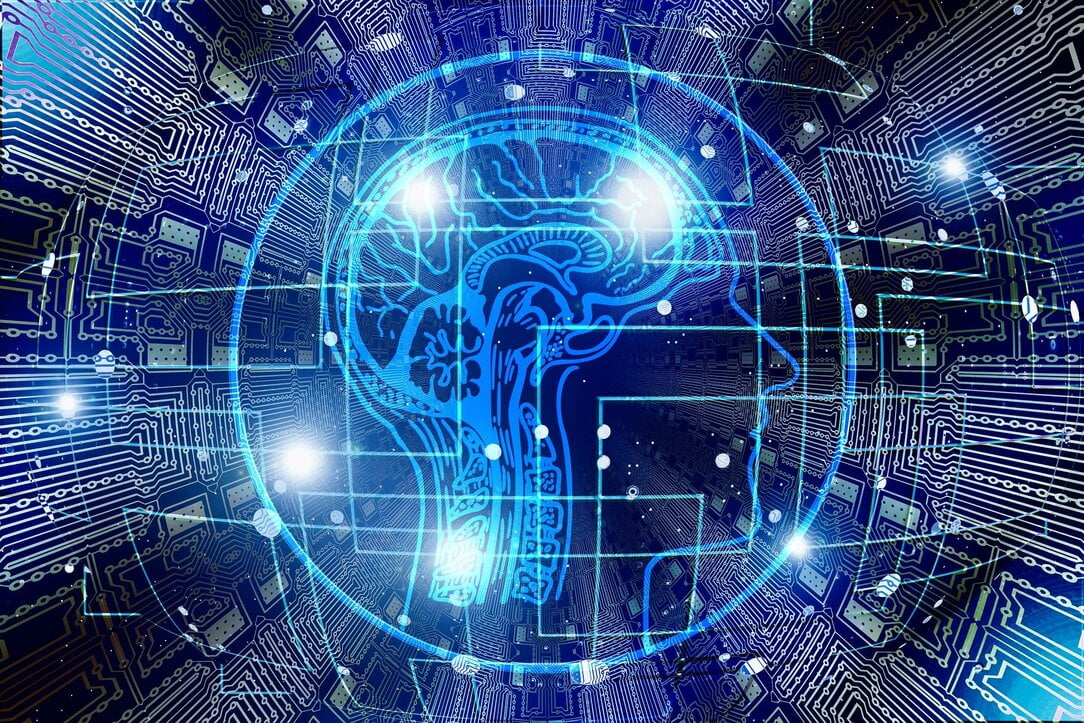Product customization evolved from a nice-to-have into a highly desired feature of the market available IT solutions. According to Forbes, 80% of consumers are more likely to purchase from a brand that provides a personalized experience. Considering the growing digitalization of society and the fact that customers are more capable and willing to adjust online tools to their needs, being a consumer-oriented provider of customizable IT solutions is no longer an option but a necessity.
The fast-growing trend of personalization applies also to LMS platforms. Providing a customized experience on top of a high-quality e-learning platform might become a decisive factor for a hesitant customer. To come up to the customers’ expectations, headless LMS joined the market offer.
How does a headless LMS work?
The mechanism is simple: a headless system separates the front-end layer from the back-end services; so that the customer is able to create their own user experience on the provided software solutions. Thanks to the functional data access component, the display part is open for customization, including the looks, delivery channels, and devices of choice. In other words, headlessness stands for the possibility of adjusting the presentation layer beyond the imposed schemes. The main gain from this solution is complete control over the end-user experience, as it’s up to the platform administrator how, where, and when learners can take advantage of the system.
API: the virtual intermediary
But how does a headless LMS actually work? Thanks to decoupling the front-end from the back-end, editing and upgrading the platform can be easily done by the user; meanwhile, undisturbed LMS keeps on its smooth performance. The functioning of the headless system is based on API, short for Application Programming Interface, which operates as a connector between the two parts, enabling their communication. API facilitates content publication in various presentation layers and formats, which means it can be viewed via a website, SaaS, and mobile apps or devices, such as AR or VR headsets. Hence, headless software can be easily used for omnichannel content management.

The omnichannel data conversion
Data processing happens in two phases. All the back-end information is exported as a batch of raw data. They are usually forwarded in JSON (JavaScript Object Notation) or XML (Extensible Markup Language) exchange format. In the next step, the transmitted data is downloaded and displayed in compliance with the LMS platform specifications. As the headless mode does not imply format restrictions, the data can be viewed equally well via a diversity of channels. The whole process is automated; when needed, API forwards data from the software’s facility to any system that requires it at the given time.

The upper hand of the headless system
When set aside the traditional LMS, the headless solution definitely stands out when it comes to flexibility. In comparison, the old-school LMS format visibly falls behind in terms of the features and possibilities enumerated below. All the more reasons why the headless software might be right for your organization.
- Customization. The main advantage of the headless LMS is to provide a fully personalized learning experience. The more customized the platform, the more user-friendly the impression it makes. Meeting the demand, a headless system enables the creation of user interfaces aligned with what has been envisioned.
- Delivery options. While traditional LMS provides limited customization and learning formats, the headless solution grants freedom of choice among other high-tech front-end technologies apart from the usual web and HTML interface. Hence, it gains an advantage in the omnichannel field.
- Development potential. Modification possibilities guaranteed by the headless LMS translate into improved upgrade capacity. What is more, alterations or improvements introduced to the respective elements of the platform do not influence the whole system’s performance in any way. By these means, your LMS can grow and scale without a hitch if needed.
- Fast content delivery. The headless technology contributes also to the page loading time. The system’s quick response is owed to two factors: API usage for content download and utilizing the browser’s memory to aid with scripting, which offloads the LMS database.
- Improved UX. Positive user experience is crucial for any LMS usability. We are talking about functionality but also the visual aspect. The adaptability of the headless system allows for full adjustments to the users’ needs.
- Data security. Last but not least, it’s worth mentioning the data security guaranteed by the headless software. What is also important, keeping the front-end separate from the back-end means that the LMS user has no chance to interfere with the internal system.
Is headless LMS right for your company?
Creating a unique user experience for your learners surely seems like an enticing prospect. We wouldn’t want to curb your enthusiasm, though; it’s worth noting that implementing a headless system requires engaging development resources, in-house or external. A headless solution is a good deal for companies with specified formats and branding needs. It’s also a great fit for organizations looking forward to moving their internally developed system to an LMS platform. In addition to the visual customization, the headless solution is also fully flexible when it comes to data organization and migration. To sum it up, going for the “decoupled” system seems not only a convenient solution but also an investment for those who think ahead. The flexibility of a headless LMS will, to a large extent, keep your company ready for the upcoming changes of the ongoing digital evolution.











